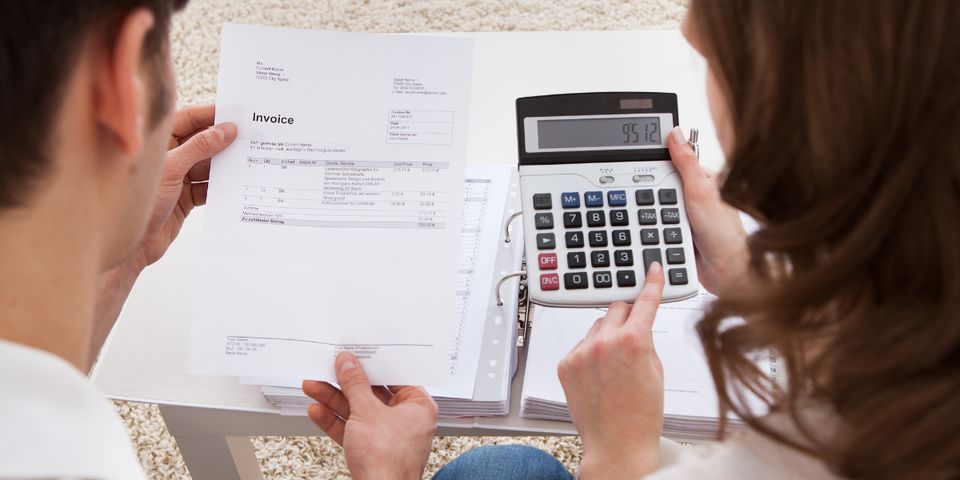How to Budget in the Wake of a Bankruptcy Case

Filing for bankruptcy is a stressful process, but it also offers many people a clean slate to build toward the future. In the aftermath of a personal bankruptcy case, having a strong budget will help you land back on your feet and avoid future financial trouble. Use the following tips to start on the right foot after your case.
3 Tips for Budgeting After Personal Bankruptcy
1. Formalize Your Budget
One major contributor to personal bankruptcy is a faulty budget, so the key to bouncing back after bankruptcy is knowing exactly how much money you have to spend and what you can spend it on. When making a new budget, it's always best to build around the dates you get paid. If you're paid weekly or every other week, then a four-week budget will accurately reflect how much money you have at any given time. If you're paid on the 1st and 15th of every month, then a monthly budget will work fine.
To create an accurate budget, calculate your post-tax income and break your expenses into three categories: fixed, variable, and irregular. Fixed expenses are things you pay the same amount for every month, like phone bills and car payments. Variable expenses recur every month but don't always cost the same, e.g., eating out and leisure activities. Finally, irregular expenses aren't predictable but need to be accounted for. Medical bills, car repairs, and semi-annual expenses fall in this category.
2. Plan Your Savings

Once you've created a budget, you want to stick to it strictly and always try to spend under the listed amounts. Doing this allows you to tuck away the remainder and bolster your savings. However, you shouldn't only contribute to savings during months when you spend under budget. If possible, build your budget to include a savings plan. Reserving just 10% of your income each month will set you on a reliable path to having retirement money and emergency funds.
3. Use Cash
While credit and debit cards are easy to manage, they also make your spending seem abstract and allow for accidental overspending. While you're recovering from bankruptcy, use cash whenever possible to turn spending into a tangible process that you can see happening. This will help you visualize how much money you have to spend each month and make it obvious when you are getting close to running out of budgeted funds. To help with this process, put your money into individual envelopes for your fixed, variable, and irregular expenses. The envelope method is a reliable way to hold yourself to a budget and begin to understand how much money is at your disposal.
If you need legal representation for a personal bankruptcy case, reach out to Donald L. Spafford, Jr., Attorney at Law in Honolulu, HI. For over 40 years, this experienced attorney has helped individuals work through Chapter 7 and 13 bankruptcy claims and turn over a new page. Learn more about their bankruptcy services online, and call (808) 532-6300 for a free consultation.
About the Business
Have a question? Ask the experts!
Send your question

